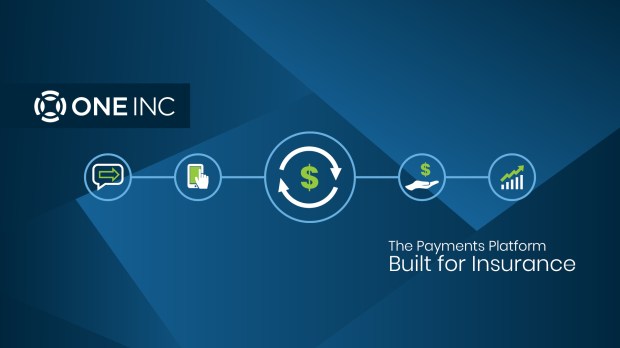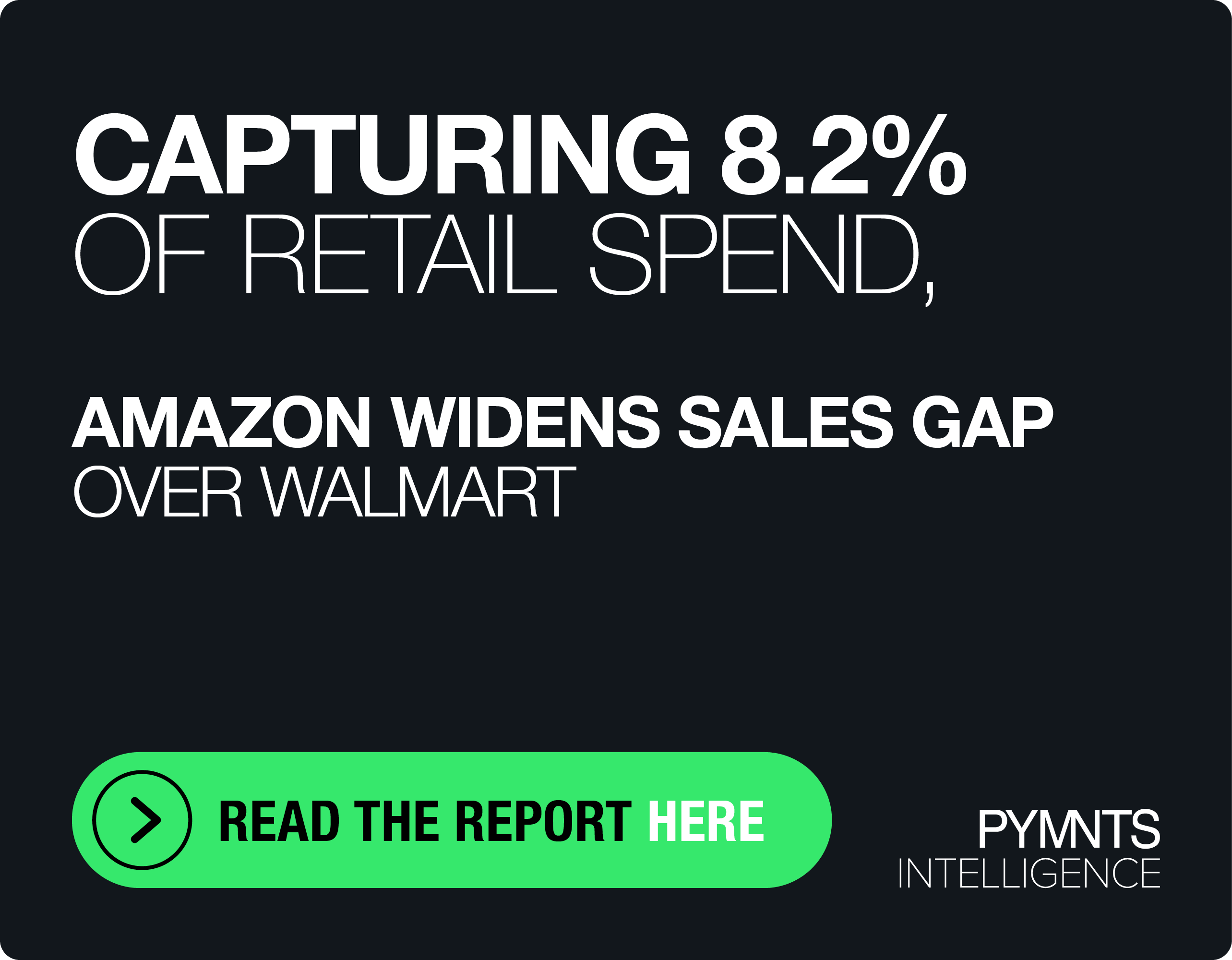Raising the Bar on Digital Experience for a New Generation of Policyholders

PYMNTS Intelligence interviews Ian Drysdale, CEO of insurance industry digital payments network One Inc, on how the industry is accepting the challenge of meeting Gen Z and millennials’ digital demands.
—
Generation Z and millennial consumers are setting a high bar for digital experiences across industries — including insurance. These generations are about frictionless, effortless interaction, Drysdale told PYMNTS Intelligence.
“They require digital wallets, such as Apple Pay, Google Pay, PayPal and Venmo, so they can say yes with a biometric or a single click,” he explained. “They similarly expect a mobile-first solution for claims to be paid out to their payment type of choice — the one they use for premiums — without reentry.”
Furthermore, he said, younger consumers expect all the data they need to be online — pulled from the insurer’s core systems in the background — without ever needing to contact a call center. Similarly, they don’t expect to be contacted to update card-on-file information.
To meet their needs, insurers have accepted the digital challenge. Today, Drysdale said, savvy insurers offer online policy renewals and payment options, digital claims management, customer service through easy-to-use websites and mobile apps, and payment features like text-to-pay.
“Insurers are also rapidly transitioning to cloud-based core systems with integrated, client-facing mobile capabilities — including payments — that deliver the best experiences to policyholders and help build loyalty,” he noted.
In addition, using network tokens helps insurers reduce friction for policyholders by automatically updating when a card is lost, stolen or expired.
Insurance’s digital transformation is just starting to accelerate, Drysdale observed, and new technology is advanced. For example, cloud-based core systems with fully embedded payment solutions now give insurance companies easy access to technology that significantly streamlines payments — for both themselves and their policyholders. Insurers also need to provide a seamless experience across channels, he stated, including web, mobile, social media and in-person. Policyholders should be able to start a process through one channel and continue it in another — without friction.
Insurance is rising to meet generational challenges not only regarding service, however, but also in communicating with different customer segments. Social media, Drysdale believes, is a strategic way for an insurance company to promote its thought leadership and digital capabilities.
“From guest appearances on podcasts to short videos, social posts drive traffic back to the insurer’s website and convert prospects into satisfied policyholders,” he said.
The innovation doesn’t stop there. With generative artificial intelligence (AI) now making its way into every industry, Drysdale contends that advances in this technology as well as others will play a growing role in meeting the next generation’s insurance needs.
“Generative AI chatbots will become stronger and stronger. They will be able to answer questions and sell policies, manage claims and settle disputes,” he predicted. “One Inc has already enabled text messaging — both for premiums and claims — for seamless, instant payments. These capabilities will be taken to a whole new level.”

